
Beef 911: How can you improve your calf processing?
There are always ways to improve and it’s worthwhile reviewing how things went this year
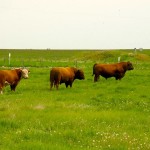
Beef 911: The last thing you want to see in a prized bull
Injuries that prevent a bull from breeding can be successfully treated, and about 50 per cent of cases will heal

Beef 911: A close examination of the Breeding Soundness Evaluation form
Evaluating a bull isn’t straightforward and there are a number of factors to consider
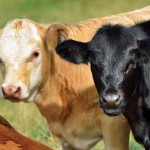
Beef 911: Intestinal problems can come out of the blue
Some calves seem to be flourishing but they are suddenly struck down

Beef 911: A vet’s guide to the proper use of calf pullers
The goal is to deliver a lively calf, not just one that’s alive, and have the cow in good shape to rebreed

Beef 911: Equipment for the calving barn
When calving season hits, there is no time to go shopping — so here’s a checklist of what you need
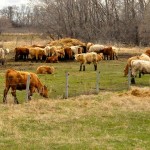
Beef 911: Cattlemen can ensure biosecurity on the ranch
Maintaining a few simple precautions can minimize the risk of disease outbreaks

Beef 911: Kidney disease in cattle more common than realized
If symptoms are noticed early enough, treatment can be effective
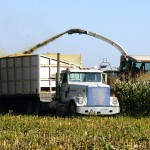
Beef 911: ‘Hardware disease’ is a common problem in cow herds
Good pasture sanitation is important, and rumen magnets are a good investment
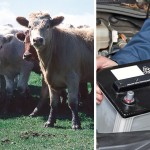
Beef 911: Lead poisoning in cattle continues to be toxic problem
Vehicle batteries have been responsible for several cases this year


